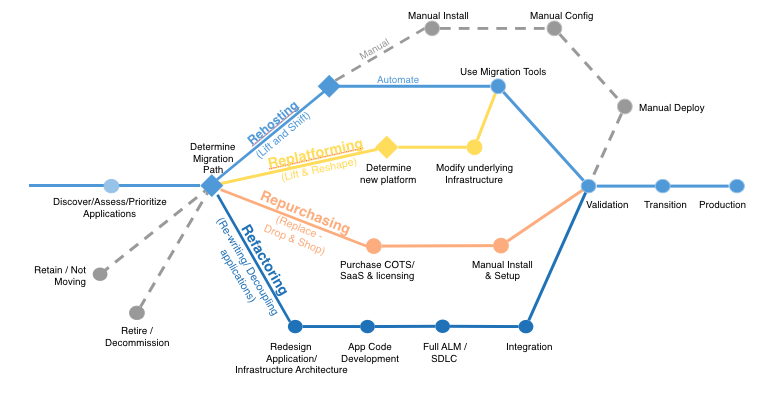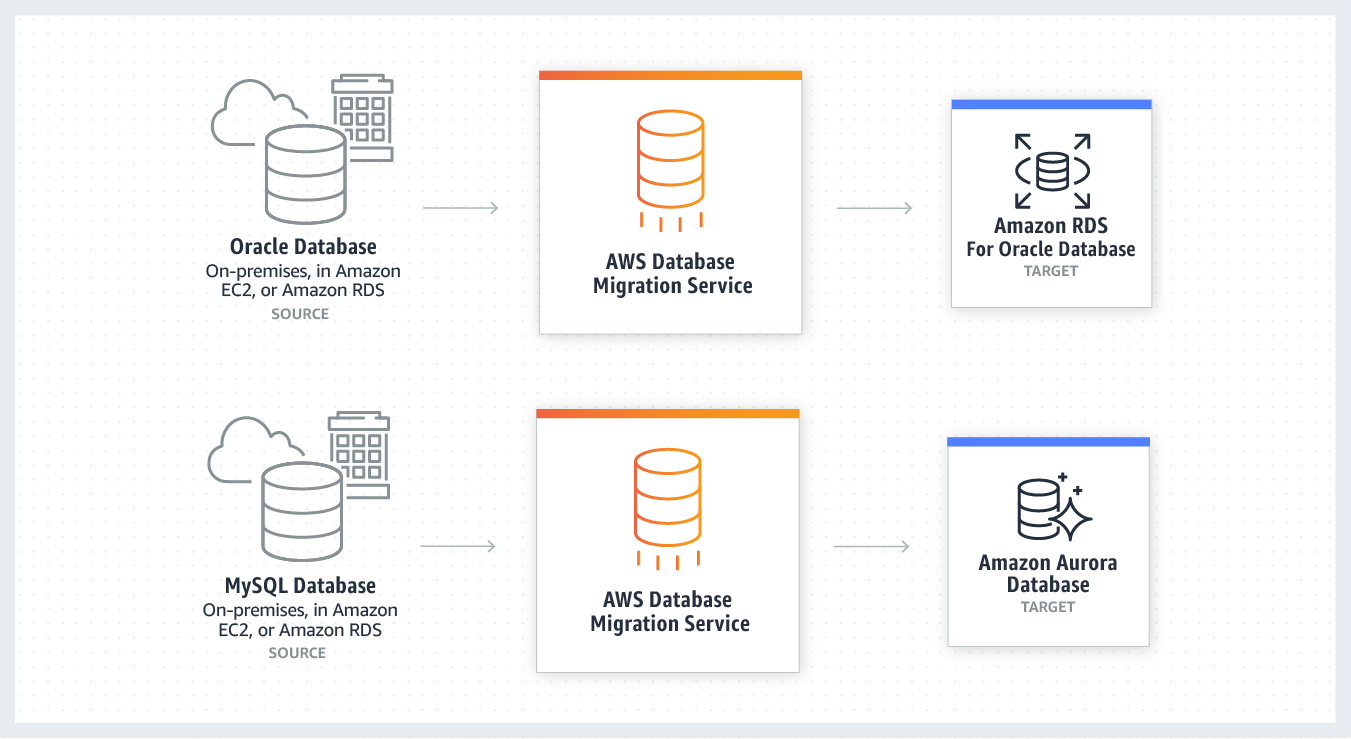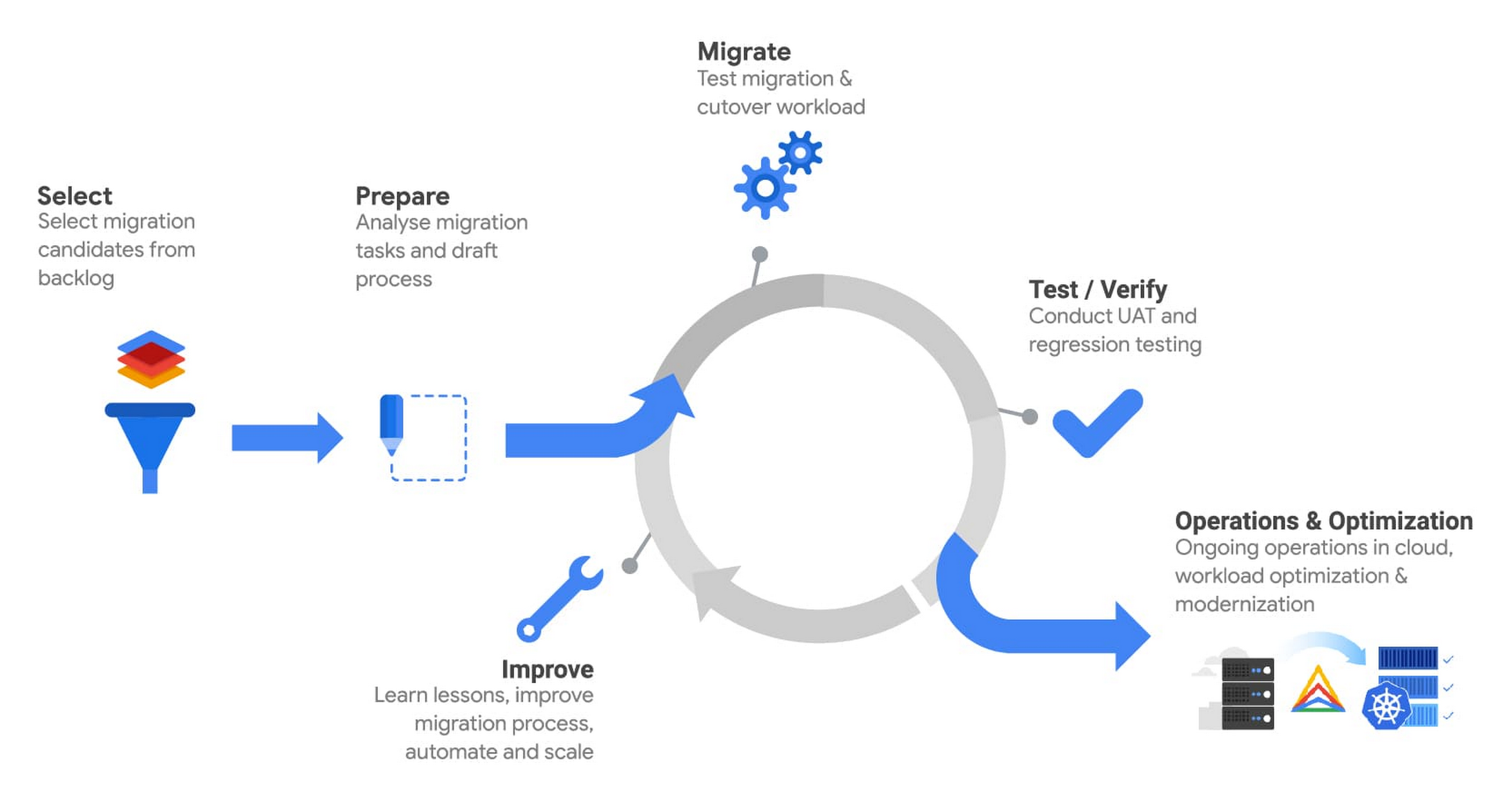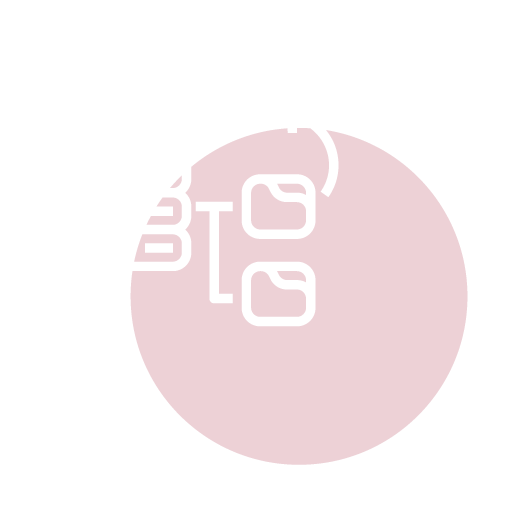Why is it required?
Most of the organizations are now pushing towards migrating from on-premise private data center(s) to a public, private or hybrid cloud architecture-based infrastructure. There are a lot of reasons why enterprises are migrating to the cloud like – increase the productivity of workforce, decrease dependence on on-premise hardware and networking maintenance workforce, modernize the existing application and infrastructure, accelerate deployments, improve flexibility and scalability, and increase regulatory compliance.
Migration is a very critical part of any system that involves change. Migration can help in upgrading the existing infrastructure and making it scalable and flexible. Migration activity involves migration of not just data but files, block volumes, databases, machine images, and server workloads. Any kind of migration in to the cloud involves a well-planned strategy so as to minimize downtime, however, with a proper strategic approach, migration can be performed in a very efficient manner.
Challenges
Dependence on on-premise hardware and networking
Challenges
Lack of scalability and flexibility
Challenges
Issues in Regulatory Compliance
Challenges
Recurring maintenance costs

Modernizing your applications and IT infrastructure is an inevitable aspect of doing business. One of the foremost steps in modernization is migration to a cloud-based infrastructure. The process of migration involves an effective strategy since there should be an understanding about the type of data being migrated, availability of network resources, adherence to legal requirements, resource optimization, among other considerations.
Migration activity involves migration of database, machine images, bare metal servers, virtualized servers, block volumes, or even tape backups. Additionally, it also involves maintaining compatibility across the infrastructure as well as managing heterogenous systems/databases in case of migration of legacy systems, and seamless execution with minimal or zero operational downtime.
Whatever may be the case, migration from an on-premise setup to a cloud-based infrastructure is daunting but always favourable for the business as it opens new opportunities that aren’t possible in an on-premise model.

Drive IT Costs Down

Improve Operational Resilience

Accelerate Deployments

Increase Business Agility

If you plan to migrate to the AWS Cloud Infrastructure, AWS provides a number of tools making the process simpler and effective like AWS Server Migration Service, AWS Database Migration Service, AWS DataSync, and AWS Snow Family. No matter what is the data format or the what is the size of server workloads, AWS offers a wide variety of services and partner tools to help you migrate your data sets with the industry’s most reliable infrastructure and deepest set of services.
Migration using Google Cloud

If you plan to migrate to the Google Cloud Infrastructure, Google provides a number of tools making the process simpler and effective like Migrate for Compute Engine, Google Cloud VMware Engine, and Data center migration.
No matter what is the data format or the what is the size of server workloads, Google Cloud offers a wide variety of services and partner tools to craft the right migration pathway for your business.
Migration using Microsoft Azure

Microsoft Azure provides a four-step migration process which involves cloud assessment, TCO calculation, selection of an optimal migration strategy, analyzing costs and configuring security of the virtual machines along with monitoring the cloud heath. Microsoft’s migration strategy involves starting small – migrating one application or workload at a time and mitigate risks while doing so; and then, configuring all the resources for security and compliance using other Azure services.

Cost-effective

Fast and easy to set-up

Minimal downtime and greater control
Transform to a Cloud-First Business Model and Gain a Competitive Edge

Improve Operational Resilience

Increase Business Agility

Modernize Your Infrastructure

